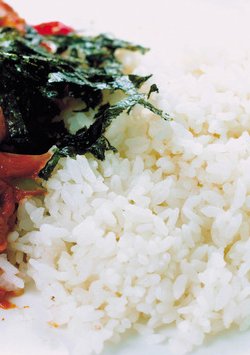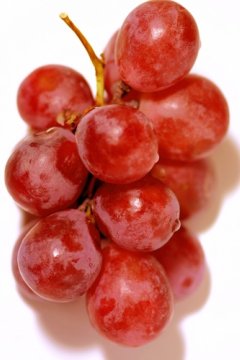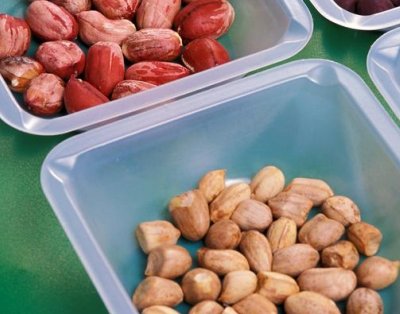Low Carbs Foods
Low carbs is the most significant group of the carbohydrates which is the most significant food group for the diabetic people.
Everyone who interests in health, food and diet will eventually become familiar with the carbohydrates.
Foods that contain carbohydrate raise blood glucose.
By keeping track of how many carbohydrates you eat and setting a limit for your maximum amount to eat, you can help to keep your blood glucose levels in your target range.
One of the ways is to select the foods which have little amounts of cabohydrates or in another name: the low carbs.
There are three main types of carbohydrates:Starches, Sugar and Fiber.
You'll also hear terms like naturally occurring sugar, added sugar, low-calorie sweeteners, sugar alcohols, reduced-calorie sweeteners, processed grains, enriched grains, complex carbohydrate, sweets, refined grains, and whole grains.
No wonder knowing what kind and how much carbohydrate to eat can be confusing!

On the nutrition label, the term "total carbohydrate" includes all three types of carbohydrates.
This is the number you should pay attention to if you are counting carbohydrates.
Starch
Starches are long complex chains of simple sugars. This is why they are often called “complex carbohydrates”.
It was once thought that complex carbohydrates do not raise blood sugar as quickly or as much as sugars, but now we know that some starches are actually more glycemic than some sugars.
When we are on a low carbs diet, the main goal is to avoid raising blood glucose too much.
This is why we avoid foods which are high in sugars and starches.
Foods high in starch include:
Starchy vegetables like peas, corn, lima beans, potatoes, dried beans, lentils, pinto beans, kidney beans, black eyed peas, and split peas.
Grains like oats, barley, and rice.
The majority of grain products in the US are made from wheat flour. These include pasta, bread, and crackers but the variety is expanding to include other grains as well.
The grain group can be broken down even further into whole grain or refined grain.
A grain, let's take wheat for example, contains three parts:
The bran is the outer hard shell of the grain. It is the part of the grain that provides the most fiber and most of the B vitamins and minerals.
The germ is the next layer and is packed with nutrients including essential fatty acids and vitamin E.
The endosperm is the soft part in the center of the grain.
It contains the starch. Whole grain means that the entire grain kernel is in the food.
If you eat a whole grain food, it contains the bran, germ, and endosperm so you get all of the nutrients that whole grains have to offer.
If you eat a refined grain food, it contains only the endosperm or the starchy part so you miss out on a lot of vitamins and minerals.
Because whole grains contain the entire grain, they are much more nutritious than refined grains.
Sugar
 Sugar is another type of carbohydrate.
Sugar is another type of carbohydrate.
You may also hear sugar referred to as simple or fast-acting carbohydrate.
There are two main types of sugar:
On the nutrition facts label, the number of sugar grams includes both added and natural sugars.
Fiber
Fiber is the indigestible part of plant foods, including fruits, vegetables, whole grains, nuts, and legumes.
Most vegetables are low carbs or moderate carbs foods.
When you consume dietary fiber, most of it passes through the intestines and is not digested.
For good health, adults need to try to eat 25 to 30 grams of fiber each day.
Most Americans do not consume nearly enough fiber in their diet, so while it is wise to aim for this goal, any increase in fiber in your diet can be beneficial.
Most of us only get about ½ what is recommended.

Fiber contributes to digestive health, helps to keep you regular and helps to make you feel full and satisfied after eating.
Additional health benefits, of a diet high in fiber, such as a reduction in cholesterol levels, have been suggested by some so may be an additional benefit.
Good sources of dietary fiber include:
Beans and legumes. thick black beans, kidney beans, pintos, chick peas (garbanzos), white beans, and lentils.
Fruits and vegetables, especially those with edible skin (for example, apples, corn and beans) and those with edible seeds (for example, berries).
Even the sweet fruits and berries are low carbs foods in their natural form and also typically contain a good deal of fiber which attenuates the absorption of sugar in the gut.
It's important to mention also, that most of the sugar in fruit is fructose which has a negligible effect on insulin levels.
|
Return from Low Carbs Foods to Diabetic Food |